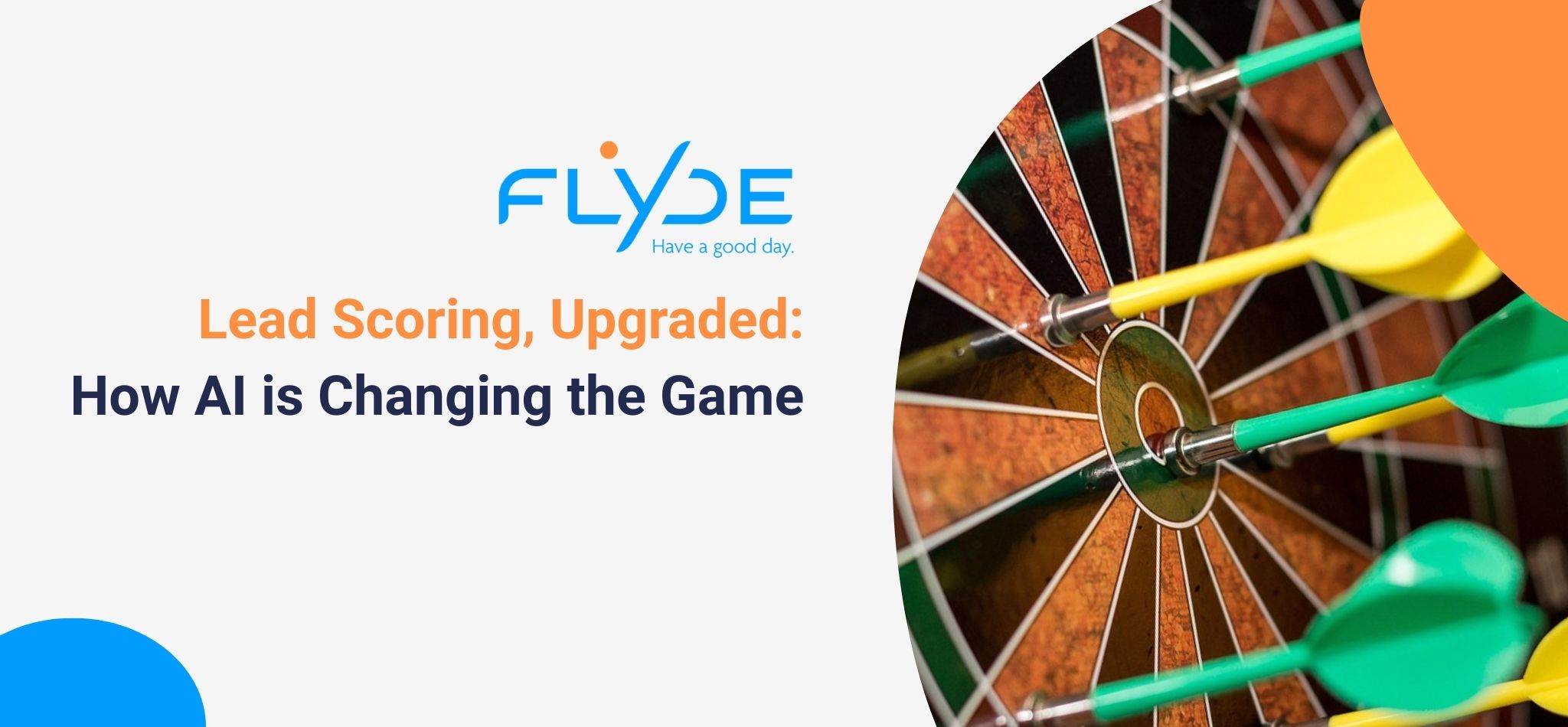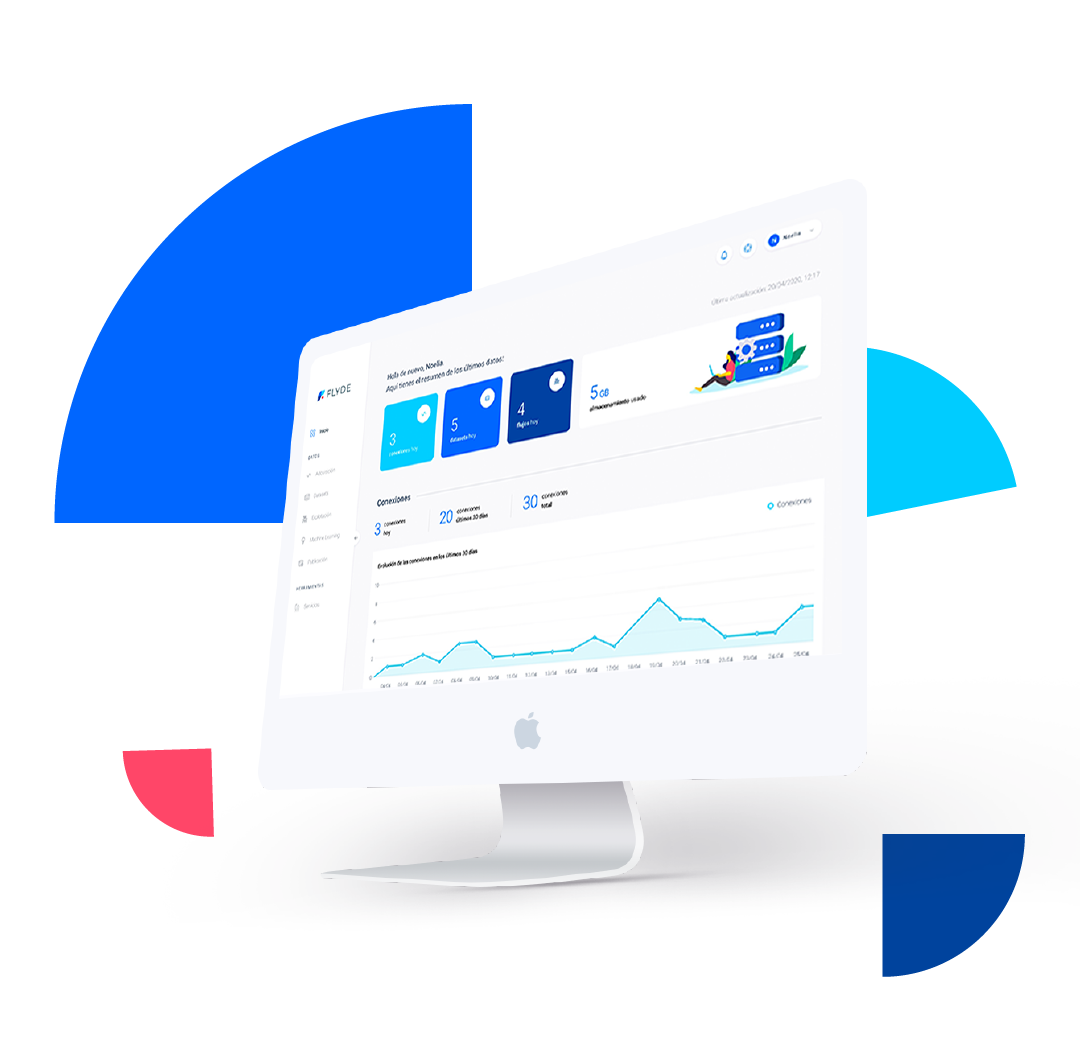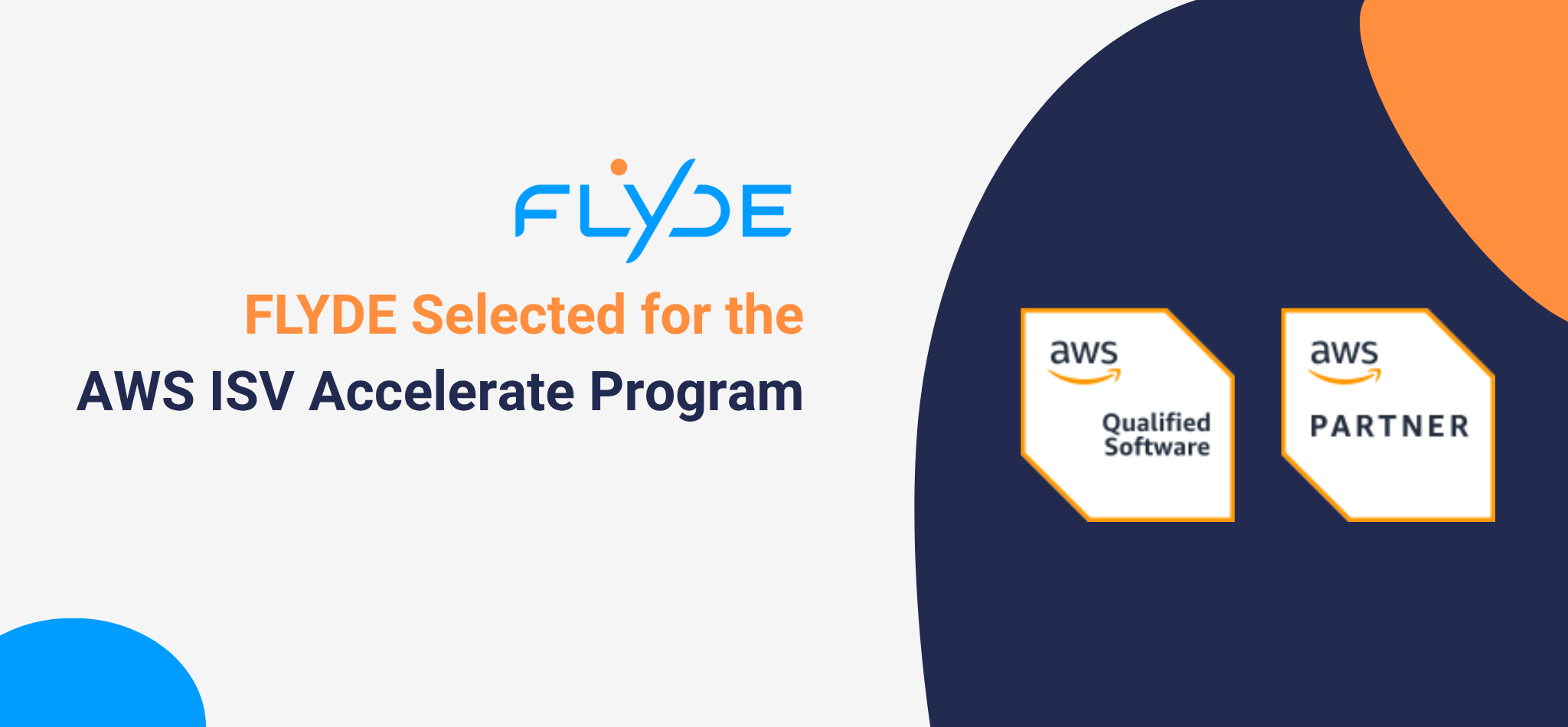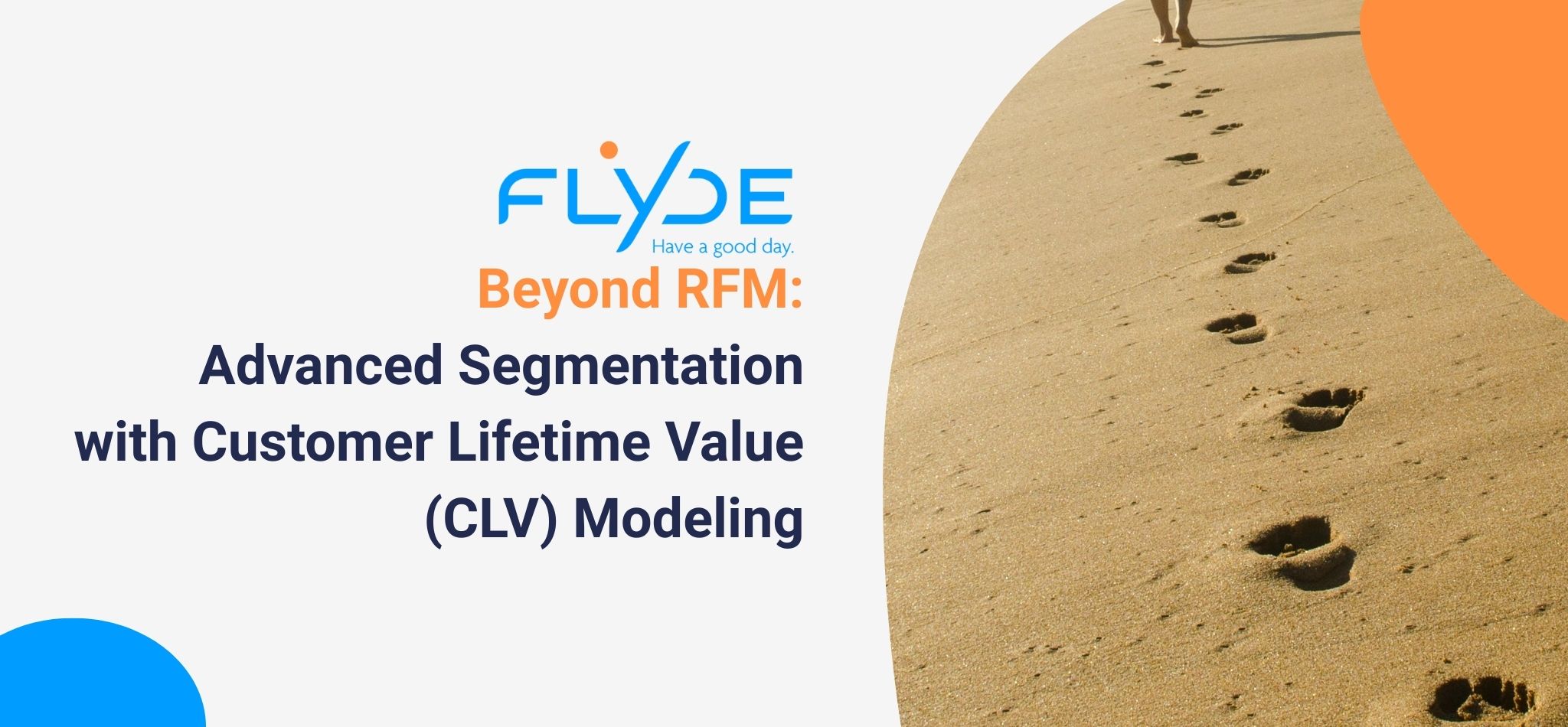Author: Katherine Gortz

You’ve assigned points to job titles, tracked email opens, and called the hot leads who ghosted. Welcome to the world of traditional lead scoring.
For years, marketers have relied on scoring models that evaluate leads based on demographics and surface-level actions like website visits or email clicks. But these models often fail to capture true buyer intent. They are based on assumptions as opposed to behavior, and they often overlook high intent leads with atypical characteristics.
THE PROBLEM WITH TRADITIONAL LEAD SCORING
Despite being a foundational tool in marketing, traditional lead scoring has major drawbacks:
- Inaccuracy – Based on incomplete or outdated data.
- Subjectivity – Scoring criteria are often inconsistent or biased.
- Lack of Scalability – Difficult to maintain effectively as lead volume grows.
- Blind Spots – Ignores pre-identification behavior (e.g. anonymous browsing).
These models can overlook high-intent leads who don’t fit your ideal buyer persona. Let’s imagine, your sales team typically targets CEOs or other high-level decision makers. With traditional lead scoring methods, you could easily overlook a junior employee who is doing research for his/her boss, who is the CEO.
AI-powered lead scoring, however, goes beyond assumptions, delivering real-time insights that help you prioritize the right leads, faster.
Traditional lead scoring sees behaviors. AI understands their intent.
MEET LEAD2CUSTOMER: FLYDE’S AI MODEL THAT UNDERSTANDS THE WHOLE JOURNEY
FLYDE’s platform replaces the outdated model with something smarter: Lead2Customer, our AI-powered predictive model that evaluates leads based on real behavior, not assumptions.
Unlike traditional methods that rely heavily on demographic filters, Lead2Customer looks at a rich set of behavioral signals across the entire funnel, such as:
- Website navigation patterns (even before users identify themselves)
- Newsletter signups
- Email marketing open and click-through rates
- Webinar attendance
- Social media engagement
HOW IT WORKS
The Lead2Customer algorithm uses machine learning to calculate a dynamic conversion probability, expressed as a percentage. This means every lead in your CRM isn’t just labeled “hot” or “cold”—they’re scored in real time based on how likely they are to convert.
Unlike traditional systems in which leads are scored periodically, AI systems can adjust scores in real time as new data becomes available. This means that your sales and marketing teams can act even when a lead’s behavior suddenly changes. Imagine for example, that a lead suddenly shows new interest by attending a webinar, downloading a white paper, and visiting your pricing page all within an hour. AI doesn’t have to wait for your weekly scoring batch; it can immediately flag the lead and your sales team can reach out.
What’s more? It learns and improves over time. As your AI system observes how leads convert (or fail to), it learns to identify better indicators, continuously optimizing the scoring model to match your evolving data. This ongoing learning process is one of the most valuable aspects of AI-powered lead scoring, as it ensures that your system is always evolving to reflect changes in customer behavior, industry trends, and marketing strategies.
HOW AI-POWERED LEAD SCORING IS CHANGING THE GAME
AI-powered lead scoring methods, like Lead2Customer, enable your sales and marketing teams to work more efficiently and effectively:
- Behavior-based scoring – Uncover high-potential leads who don’t match your typical buyer persona.
- Full-funnel visibility – Capture both anonymous and identified user behavior.
- Real-time adaptability – Prioritize leads based on the latest interactions.
- Increased conversion rates – Focus on the leads that matter most, when it matters most.
- Smarter use of resources – Don’t waste time on dead-end prospects.
- Faster response times – Engage leads at peak interest.
- More personalization – Tailor content and timing to the moment.
SMARTER LEAD SCORING STARTS WITH SMARTER DATA
To power AI-driven scoring, you need unified, real-time customer data. That’s where FLYDE’s Customer Data Platform (CDP) comes into play. FLYDE pulls data from every touchpoint—website interactions, email engagement, social activity, and many more—creating a centralized customer profile. This unified data layer allows AI to update lead scores dynamically across all platforms, ensuring that your marketing and sales teams are always working with the most accurate and up-to-date insights.
With FLYDE powering your lead scoring process, your team can make faster, smarter decisions, prioritize the highest-value opportunities, and ensure that every lead counts.
Contact us to schedule a demo to find out how FLYDE can help you unlock the full potential of AI to boost the success of your marketing and sales teams.
Start taking control of your data today.
Schedule a meeting with one of our experts and discover how FLYDE can help your company achieve its goals.


FLYDE is proud to announce its acceptance into the Amazon Web Services (AWS) Independent Software Provide (ISV) Accelerate Program, a co-sell initiative for AWS Partners that provide software solutions that run on or integrate with AWS. This milestone reflects FLYDE’s technical excellence, customer commitment, and alignment with AWS best practices—following a rigorous vetting and approval process.
The AWS ISV Accelerate Program is an exclusive program for software providers that meet high technical and business standards. Gaining acceptance into the program means that FLYDE’s platform has been carefully evaluated by AWS for its scalability, security, and performance within the AWS ecosystem.
“This isn’t a badge you simply apply for—it’s earned,” said Paco Herranz, CEO of Flyde. “Joining the AWS ISV Accelerate Program is the result of months of architectural reviews, documentation, and validation. It confirms that our infrastructure is solid and that we’re ready to grow with AWS by our side.”
FLYDE also underwent the AWS Well-Architected Framework review, which evaluates design across a series of critical pillars: operational excellence, security, reliability, performance efficiency, cost optimization, and sustainability. This designation validates that FLYDE not only runs efficiently on AWS, but also follows cloud-native best practices for secure and scalable data infrastructure. It’s further assurance that FLYDE is built on a foundation of robust, resilient, and secure cloud infrastructure.
WHAT DOES THIS MEAN FOR FLYDE’S CLIENTS?
- Faster, more secure deployments thanks to AWS-native architecture
- Improved scalability for growing businesses
- New channels of support and innovation via collaboration with AWS sales teams
- Confidence in as a thoroughly vetted solution, built to perform at enterprise standards
FLYDE’s inclusion in the ISV Accelerate program also paves the way for deeper integrations with AWS services and access to joint go-to-market opportunities through Marketplace, which will ultimately benefit clients with faster implementations and enhanced product support.
Read more about FLYDE’s AWS-native CDP and how it unifies customer data across omnichannel environments,
ABOUT FLYDE
FLYDE is a Customer Data Platform (CDP) that unifies data from multiple sources—such as eCommerce, in-store purchases, CRM systems, email campaigns, and advertising platforms—into a single, comprehensive customer profile. Using ML/AI-powered predictive models, FLYDE processes this data in real-time, to empower businesses to anticipate customer behaviors, preferences, and trends, boost acquisition, lifetime value (LTV), and retention.
Contact us for a demo and let us show you how FLYDE makes data accessible and actionable, empowering businesses to deliver smarter, more personalized experiences.
Comienza a tomar el control de tus datos desde hoy.
Agenda una reunión con uno de nuestros expertos y descubre cómo FLYDE puede ayudar a tu empresa a alcanzar sus objetivos.


In a perfect world, a customer clicks on an ad, falls in love with your product, and converts on the spot. You know exactly which campaign worked, which channel gets credit, and where to increase your ad spend. Easy.
But we don’t live in a perfect world. The customer journey isn’t single-channel or linear. We live in the age of omnichannel marketing. The reality is that a single purchase might be influenced by a Google search, a TikTok video, a webinar, a promotional email, or a conversation with your sales team.
Attribution—figuring out which touchpoints actually matter in the buyer’s journey—is no longer simple. It’s a messy, multi-source puzzle. And without solving it, you risk spending your budget in the wrong places.
So, let’s dive in and examine what attribution really means in omnichannel marketing campaigns and what challenges we face as marketers to assign credit where credit is due.
WHAT IS ATTRIBUTION?
At its core, attribution is about assigning credit to each step that helps take a customer from “just looking” to “just bought.”
In single-channel or linear journeys, this used to be easy. But today, marketers rely on a mix of digital and offline channels working together, which means that the process of attribution has had to evolve.
Let’s look at a few common attribution models:
- First-touch: Gives all credit to the first interaction. If we want to focus on awareness metrics, this is a great approach, but it offers little insight in terms of conversions.
- Last-touch: Credits the final click before a conversion. Many platforms use this as the default model, but it represents an oversimplification of the customer journey.
- Linear: Spreads credit evenly across all touchpoints. Here, the whole journey is taken into account, but not very strategically.
- Time-decay: Gives more credit to recent touchpoints. This model is well-suited to long nurture cycles.
- U-shaped (position-based): Emphasizes the first and last touchpoints, with less credit to the middle. Here, there is an emphasis on the awareness and decision stages of the funnel, but the model is apt to under-credit important engagement actions.
- Data-driven: Uses machine learning to assign weights based on actual conversion data. This model is ideal—but requires strong data hygiene and scale.
Each model has its own advantages and its own bias. In complex, omnichannel campaigns with many different touchpoints, it becomes increasingly important to move beyond simplistic models and embrace AI-powered attribution, which can analyze massive, messy datasets and zero in on what is driving conversions.
WHY DOES ATTRIBUTION GET COMPLICATED IN OMNICHANNEL CAMPAIGNS?
In the world of omnichannel marketing, the customer journey rarely follows a predictable path. The customer journey nowadays is non-linear, fragmented, and often, a portion of the journey is undertaken while the user is still anonymous.
Here’s why attribution is so tricky today:
- Device-hopping behavior: Your lead might see an Instagram ad on a mobile, Google your product on a laptop, and sign up for your newsletter from a desktop at work. The right tracking set-up is essential for connecting the dots.
- Walled gardens: Platforms like Meta, Google, and Amazon often don’t share data with each other—or with you! In these cases, each platform may allow advertising and data analysis within its own ecosystem using proprietary attribution and tracking methods, while limiting access to raw data for export to other platforms.
- Offline influences: Sales calls, print materials, events, or word-of-mouth are all powerful but hard to track.
- Privacy regulations: With the deprecation of third-party cookies and tighter data regulations, user-level tracking is more limited, making granular attribution even more challenging.
The result? A lot of guesswork and misallocated spending.
HOW TO IMPLEMENT ATTRIBUTION STRATEGIES FOR OMNICHANNEL MARKETING CAMPAIGNS
The key to approaching attribution for omnichannel marketing is to stop aiming for perfect attribution—and start aiming for actionable insight.
Here’s how to get started:
- Unify your tracking setup:
- Implement clean, consistent UTM parameters
- Your CRM and ad platforms must be connected. A Customer Data Platform (CDP) like FLYDE can bring it all together (more on that later)
- Invest in smarter analytics:
- Develop funnel-based dashboards tied to your KPIs
- Implement machine learning models if your data volume allows
- Set realistic expectations:
- Attribution will never be 100% accurate
- Focus on directional insight that can inform your strategic decisions
- Align attribution analysis to business outcomes (not just clicks)
Instead of chasing perfection, chase progress. Map the journeys, unify the data, and use a tool like FLYDE to reveal insight. The goal isn’t to give perfect credit; it’s to make smarter, more confident decisions.
FLYDE’S VISION ON SMARTER ATTRIBUTION
To address these omnichannel challenges and the need for a unified view, a Customer Data Platform (CDP) like FLYDE becomes essential for consolidating data from various sources.
FLYDE centralizes data from touchpoints across paid media, CRM, social, email, web navigation, and offline events. Whether you’re working with dozens of fragmented sources or just trying to get a full view of the customer journey, FLYDE brings your data together to offer clarity and insight.
Here’s a real-world example:
Imagine you run a lead-gen campaign using a CPC paid search campaign in Google, Meta ads, a product webinar, and follow-up email flows. With FLYDE:
- All touchpoints are stitched together—even across platforms.
- You can see how many leads saw an ad and attended the webinar.
- You can compare performance across acquisition and nurture phases.
- Attribution is based on your journey logic, not just Google’s last-click default.
This kind of transparency doesn’t just look good in reports—it drives better decision-making. When you know what’s working, you can double down. When something’s underperforming, you can pivot fast. Ultimately, effective attribution leads to optimized advertising spend, a deeper understanding of customer behavior, and improved ROI.
Contact us for a demo and we can show you how FLYDE approaches omnichannel attribution in our easy-to-use Customer Data Platform.
Comienza a tomar el control de tus datos desde hoy.
Agenda una reunión con uno de nuestros expertos y descubre cómo FLYDE puede ayudar a tu empresa a alcanzar sus objetivos.


In the world of customer analytics, RFM analysis has long been a favorite for segmenting customers based on their Recency, Frequency, and Monetary behaviors. While RFM provides a solid foundation, many businesses are looking for more advanced segmentation techniques to capture the full picture of customer behavior. One such method is Customer Lifetime Value (CLV) modeling, which estimates the total revenue a customer is likely to generate over their entire relationship with your brand.
In this post, we’ll explore how CLV modeling works, its benefits, and how it complements—or even surpasses—traditional RFM analysis.
WHAT IS CUSTOMER LIFETIME VALUE (CLV)?
Customer Lifetime Value (CLV) is a prediction of the net profit attributed to the entire relationship with a customer. CLV is forward-looking. It allows marketers to estimate not only who your best customers are today, but also who will be most valuable in the future.
Key Components of CLV:
- Purchase Frequency: How often a customer is expected to buy.
- Average Order Value: The typical value of each transaction.
- Customer Lifespan: The estimated duration of the relationship.
- Profit Margin: The profitability of each sale.
By incorporating these elements, CLV modeling provides a dynamic and comprehensive view of customer value.
WHY MOVE BEYOND RFM?
RFM analysis is great for quick segmentation, but it has its limitations:
- Historical Focus: RFM is inherently backward-looking. It categorizes customers based on past behavior without necessarily predicting future potential.
- Lack of Predictive Power: While RFM can identify segments, it doesn’t forecast future revenue or profit, which is essential for long-term planning.
- Simplistic Assumptions: RFM treats all transactions equally, ignoring nuances like evolving market conditions.
CLV modeling, on the other hand, addresses these gaps by providing actionable insights into future customer value.
HOW TO IMPLEMENT CLV MODELING FOR ADVANCED SEGMENTATION
- Data Collection and Integration: Start by gathering comprehensive customer data—transaction histories, behavioral data, and engagement metrics. A Customer Data Platform (CDP) like FLYDE can integrate data from multiple sources, ensuring you have a unified view of customer interactions.
- Define the CLV Model: Start by selecting a CLV model that aligns with your business goals and data maturity. The most common approaches include:
- Historical CLV: Based on past purchase behavior, this model helps estimate future value using existing transaction data.
- Predictive CLV: Uses statistical or machine learning techniques to forecast future customer value based on historical trends, behavioral signals, and engagement patterns.
At FLYDE, we use a hybrid approach—combining both historical and predictive modeling to get the best of both worlds. Historical CLV powers real-time calculations, giving you an up-to-date view of current customer value. Predictive CLV goes further, projecting customer value over 6, 12, 18, and 24 months to support long-term planning and proactive engagement strategies.
- Segment Based on CLV: Once you have calculated the CLV for each customer, you can segment your audience into groups such as:
- High CLV Customers: Your most valuable customers deserve personalized engagement and loyalty programs.
- Mid-Tier Customers: Those with moderate potential who could be nurtured to increase their value.
- Low CLV or At-Risk Customers: Customers who might require re-engagement strategies or cost-effective campaigns to improve retention.
- Tailor Marketing Strategies: With your segments defined, develop targeted strategies for each group. For instance:
- High CLV: Offer exclusive deals, early access to new products, or premium support.
- Mid-Tier: Encourage upsells and cross-sells through personalized recommendations
- Low CLV: Implement re-engagement campaigns or educational content to drive increased interaction.
- Measure and Refine: Use performance metrics such as conversion rates, retention rates, and overall revenue growth to continuously evaluate your CLV segments. Regularly update your model with fresh data to keep your segmentation relevant.
THE BENEFITS OF CLV-BASED SEGMENTATION
- Resource Optimization: By focusing on high-value customers, you can allocate your marketing budget more effectively.
- Enhanced Personalization: Tailored messaging based on predicted future value fosters stronger customer relationships.
- Improved Forecasting: CLV modeling provides a forward-looking view that helps in strategic planning and setting realistic growth targets.
- Customer-Centric Strategies: Understanding customer potential allows you to design loyalty programs and re-engagement strategies that resonate with each segment.
While RFM analysis offers a quick snapshot of customer behavior, advanced segmentation through Customer Lifetime Value modeling provides insights that drive long-term success. By predicting future customer value and tailoring your marketing strategies accordingly, you can maximize ROI, enhance customer satisfaction, and build sustainable growth.
WHY FLYDE?
Embracing advanced segmentation with CLV modeling can transform your customer engagement and drive sustainable growth. FLYDE’s CDP automates data collection and integration from various touchpoints, providing a comprehensive view of customer interactions necessary for accurate CLV calculations.
Do you want your company to move on to the next level? A CDP is the key tool that will allow you to maximize the potential of your data and grow your business. Having control over all your data is now very simple.
Moreover, if you do not have IT or Data Scientist teams, this tool will allow you to outsource this function. And if you have them but want to reduce their workload and give more autonomy to your marketing and business teams when it comes to working with data, implementing an easy-to-use CDP would be the best option for your company. It will allow any single member of your company to use it, as this softwares are prepared for them.
Start taking control of your data today.
Schedule a meeting with one of our experts and discover how FLYDE can help your company achieve its goals.

